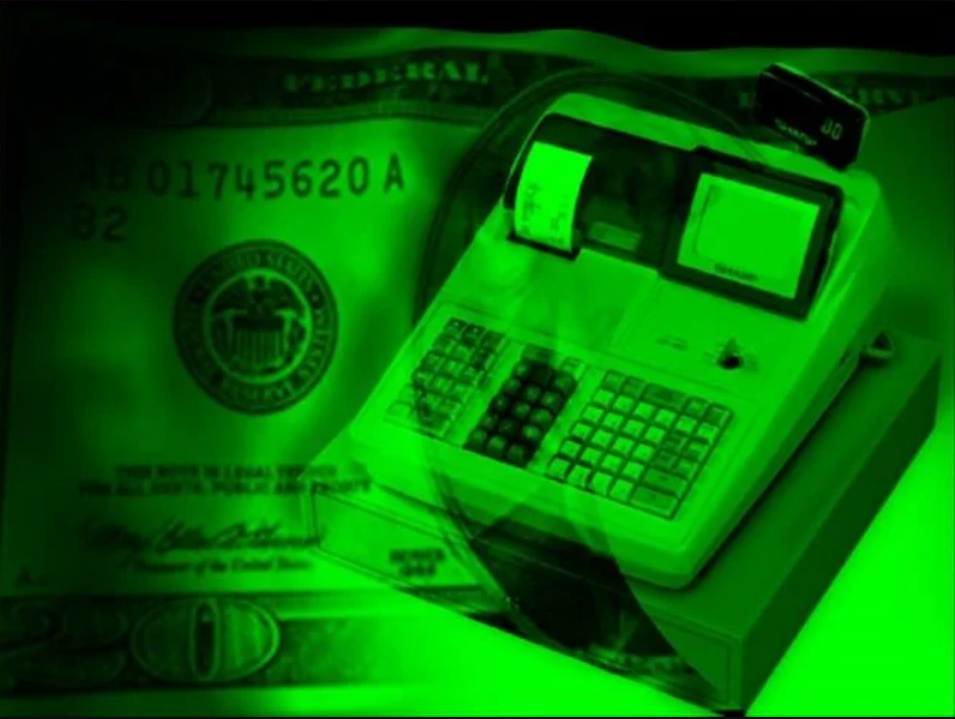Why your beef, bananas and coffee beans have gotten so expensive

(CBS) — For evidence that the cost of food in the U.S. remains hard to stomach for many households, look no further than the price of bananas, beef and coffee.
Banana prices were up 6.9% in September from a year ago, ground beef has risen 12.9% and roasted coffee has jumped an eye-watering 18.9%, according to the most recent Consumer Price Index data for September. And now for the bad news.
“One of the questions that I’m asked a lot is, when are prices coming down? And my answer is simple: never,” Phil Lempert, food industry analyst and editor of SupermarketGuru, told CBS News. “The best that we can hope for is stabilization.”
So what’s behind the surging price of such foods? There are a mix of factors, ranging from the impact of climate change on crop harvests and U.S. tariffs on imports to the simple laws of economics.
Beef
As of September, the average cost of a pound of ground beef was $6.30, according to Federal Reserve data — the highest since the Department of Labor started tracking beef prices in the 1980s and 65% higher than in late 2019, just before COVID-19 ravaged the economy.
Over the trailing 12 months through September, the cost of ground beef has climbed 65 cents per pound, or more than 11%, while the cost of a pound of boneless sirloin steak has jumped $2.35, or around 20%, the CBS News Price Tracker shows (see below).
The main reason beef has become painfully expensive comes down to economics and climate: As global temperatures rise, shrinking cattle herds are straining the nation’s beef supply even as demand remains strong. As with any other product, prices tend to rise when demand outstrips supply.
Simply, “The problem is that there’s less cows,” Lempert said.
As of July, there were 28.7 million beef cows across the U.S., the lowest number in decades, USDA data shows. Experts say the decline in the nation’s cattle count is mainly due to intensifying droughts in recent decades that have forced farmers to reduce their herds. During a drought from 2011 to 2015, for example, farmers and ranchers were forced to reduce their herd sizes by up to 2% a year, the USDA has found.
Other factors lifting beef prices include higher grain costs and labor supply shortages at slaughterhouses, according to Lempert.
According to Derrell Peel, a professor in the department of agricultural economics at Oklahoma State University, domestic beef production is projected to account for 90% of total consumption in the U.S. in 2025.
As for beef from Brazil, America’s largest import source, Peel said tariffs could also curb supplies. The total tariff on Brazilian beef imports now sits at 76.4%, according to the American Farm Bureau Federation.
Coffee
The average retail price of 100% ground roast coffee reached a record high of $9.14 per pound in September, labor data shows. That’s well over double the price from December 2019, or shortly before the pandemic, when a pound of ground coffee cost just over $4.
Several factors are behind this increase. First, volatile weather, including both heavy rain and droughts in major coffee-producing countries, such as Brazil and Colombia, are depressing crop yields, Lempert explained. Earlier this month, for example, coffee prices rose after the National Oceanic and Atmospheric Administration noted the return of La Niña, a recurring weather pattern that influences global temperatures. That raised concerns about the possibility of drought in Brazil.
Andrew Hultgren, an assistant professor of agricultural and consumer economics at the University of Illinois, Urbana-Champaign, said global prices for bananas and coffee will continue to be sensitive to extreme heat or drought conditions, especially because the products are cultivated in a relatively small number of regions around the world.
“These types of price sensitivities will look like inflation to the average consumer,” he said.
Lempert also said American tariffs on foreign imports are having an impact on domestic coffee prices. As of 2023 the U.S. imported about 80% its unroasted beans from Latin America, according to the USDA, with Hawaii and Puerto Rico the only U.S. states or territories that produce much coffee.
The Trump administration this year has imposed new tariffs on several major coffee producers that export to the U.S. That includes a 50% levy on Brazil, a 10% tariff on Colombia and a 20% tax on Vietnam. In Brazil, that has led producers to withhold shipments as they negotiate with American roasters over who will absorb the added costs, throttling supplies in the U.S., according to investment bank UBS.
In a September report, the International Coffee Organization, an intergovernmental membership organization for the coffee sector, cited uncertainty around coffee tariffs as one catalyst impacting supply in the U.S. Coffee “cannot be produced in the U.S. on a large enough scale to meet domestic demand,” the trade group noted.
Bananas
Bananas remain cheaper than most fruits, but even this grocery store staple isn’t immune from inflation. The average cost of the potassium-rich fruit rose to 67 cents per pound in September — the highest price on record in the U.S. and up 10 cents, or nearly 18%, since late 2019, according to data from the Federal Reserve Bank of St. Louis.
Among consumers, the issue caused an uproar last year after Trader Joe’s announced it was upping the price of its bananas for the first time in over two decades, from 19 cents each to 23 cents.
As with coffee beans, supply constraints and tariffs have pushed up banana prices, experts note. Most bananas sold in the U.S. are imported from Central and South America. According to the American Farm Bureau Federation, Guatemala supplied 40% of U.S. bananas in 2023, while Ecuador and Costa Rica each accounted for 16%.
Tom Stenzel, executive director of the Banana Importers Association, recently told CNBC that U.S. tariffs on bananas from Guatemala, Ecuador, Honduras and Costa Rica remain in effect, with levies as high as 15%.
A pesky fungal disease known as Panama Disease has also reduced U.S. banana supplies, specifically threatening Cavendish bananas, the most popular variety, Lempert noted.
“The banana that we know and love is getting destroyed by different pests,” he said.




